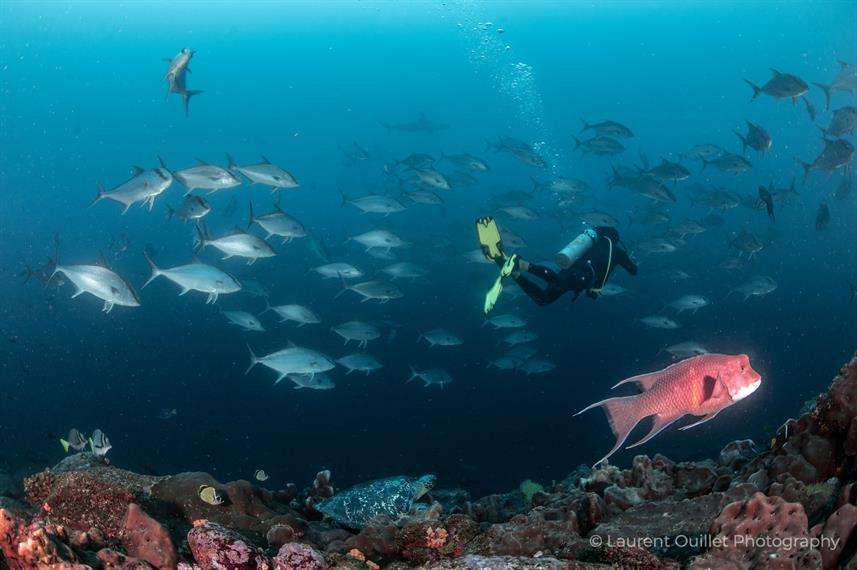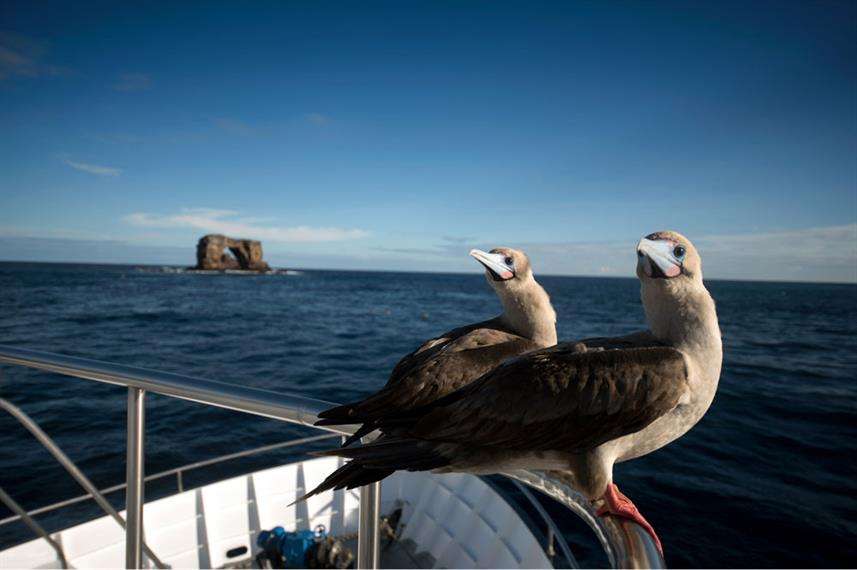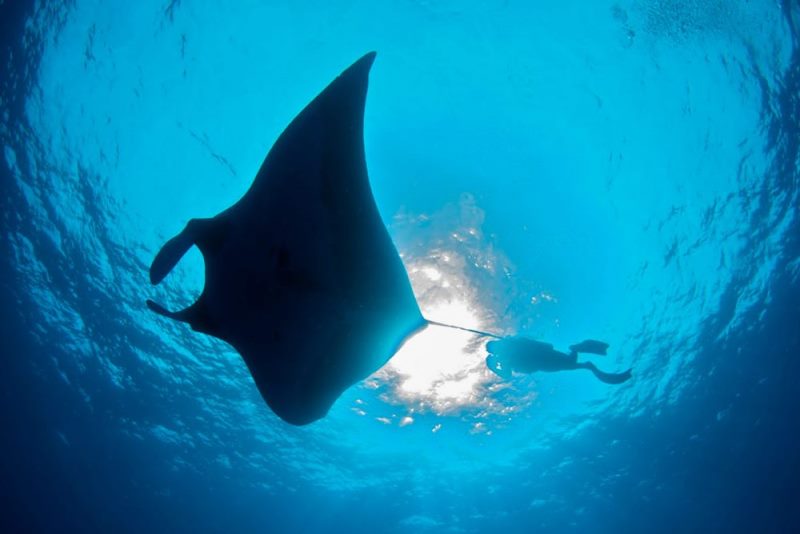The Galapagos Islands, located off the coast of Ecuador, are a scuba diver’s paradise. The archipelago is home to a unique array of marine life, including sea lions, hammerhead sharks, turtles, and many other species that cannot be found anywhere else in the world. Scuba diving in the Galapagos Islands is a once-in-a-lifetime experience, but it’s important to plan your dive carefully to make the most of your trip. In this blog, we will explore the best way to scuba dive in the Galapagos Islands.
1. Choose a reputable dive operator
The first step in planning your dive in the Galapagos Islands is to choose a reputable dive operator. It’s important to choose a dive operator that has experience diving in the Galapagos and understands the unique marine environment. Look for a dive operator that has been in business for several years and has positive reviews from previous customers. Also, make sure that the operator follows sustainable diving practices to protect the fragile ecosystem.
2. Consider the best time to dive
The best time to dive in the Galapagos Islands is between June and November, which is the dry season. During this time, the water is clearer, and the currents are calmer, making it easier to see the marine life. However, this is also the peak tourist season, so it’s important to book your dive well in advance.
3. Plan your dive itinerary
The Galapagos Islands have many dive sites, each with its own unique marine life. It’s important to plan your dive itinerary in advance to ensure that you see everything you want to see. Some popular dive sites include Gordon Rocks, Wolf Island, and Darwin Island. Your dive operator can help you plan your itinerary based on your skill level and interests.
4. Bring the right gear
When diving in the Galapagos Islands, it’s important to bring the right gear. You’ll need a wetsuit, fins, a mask, and a dive computer. The water temperature can vary between 16°C and 24°C, so it’s important to bring a wetsuit that is appropriate for the season. It’s also a good idea to bring a camera to capture the incredible marine life.
5. Follow sustainable diving practices
Finally, it’s important to follow sustainable diving practices to protect the fragile marine ecosystem. This includes not touching or disturbing the marine life, not feeding the animals, and not littering. It’s also important to choose a dive operator that follows sustainable diving practices.
In conclusion, scuba diving in the Galapagos Islands is an incredible experience that requires careful planning. By choosing a reputable dive operator, considering the best time to dive, planning your dive itinerary, bringing the right gear, and following sustainable diving practices, you can make the most of your trip to this unique and beautiful destination.




